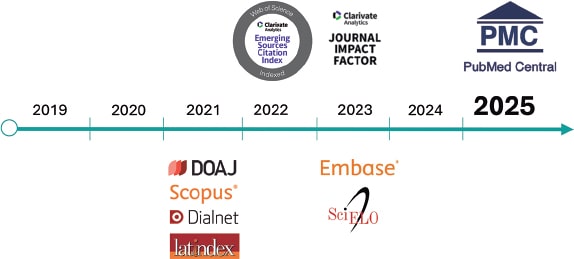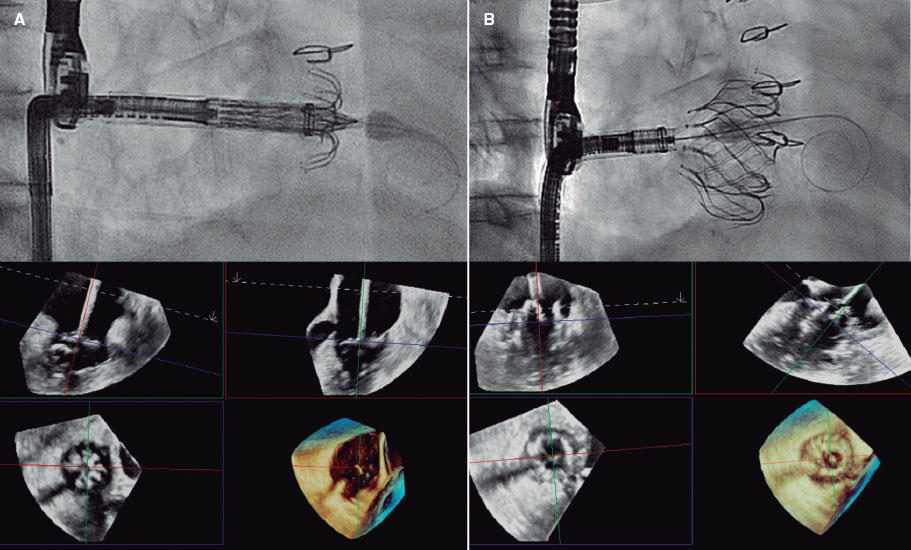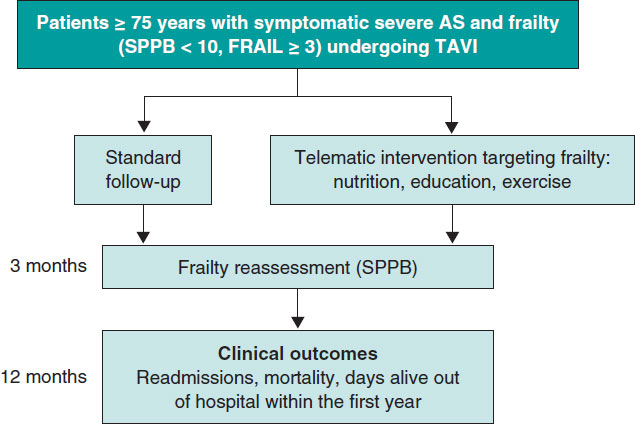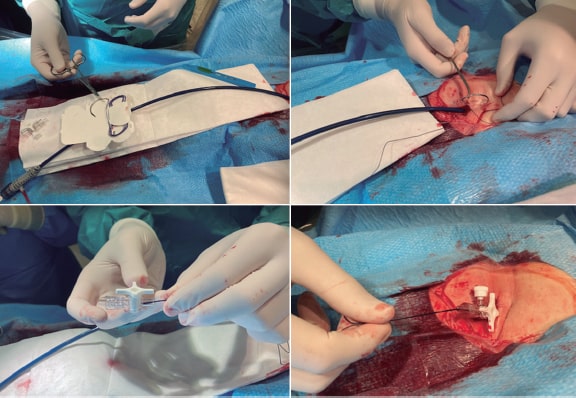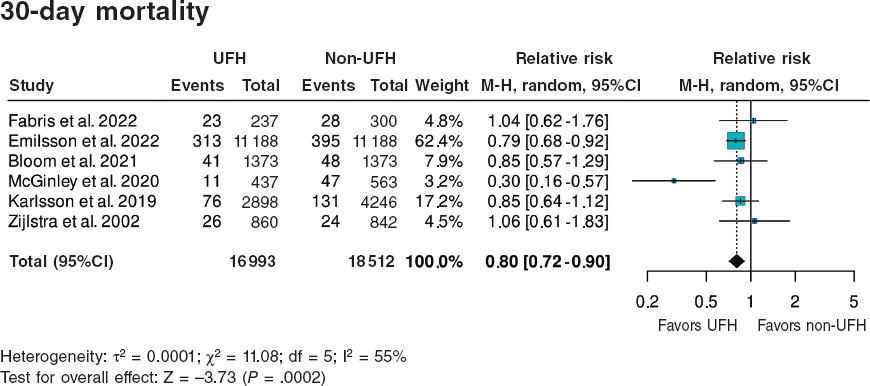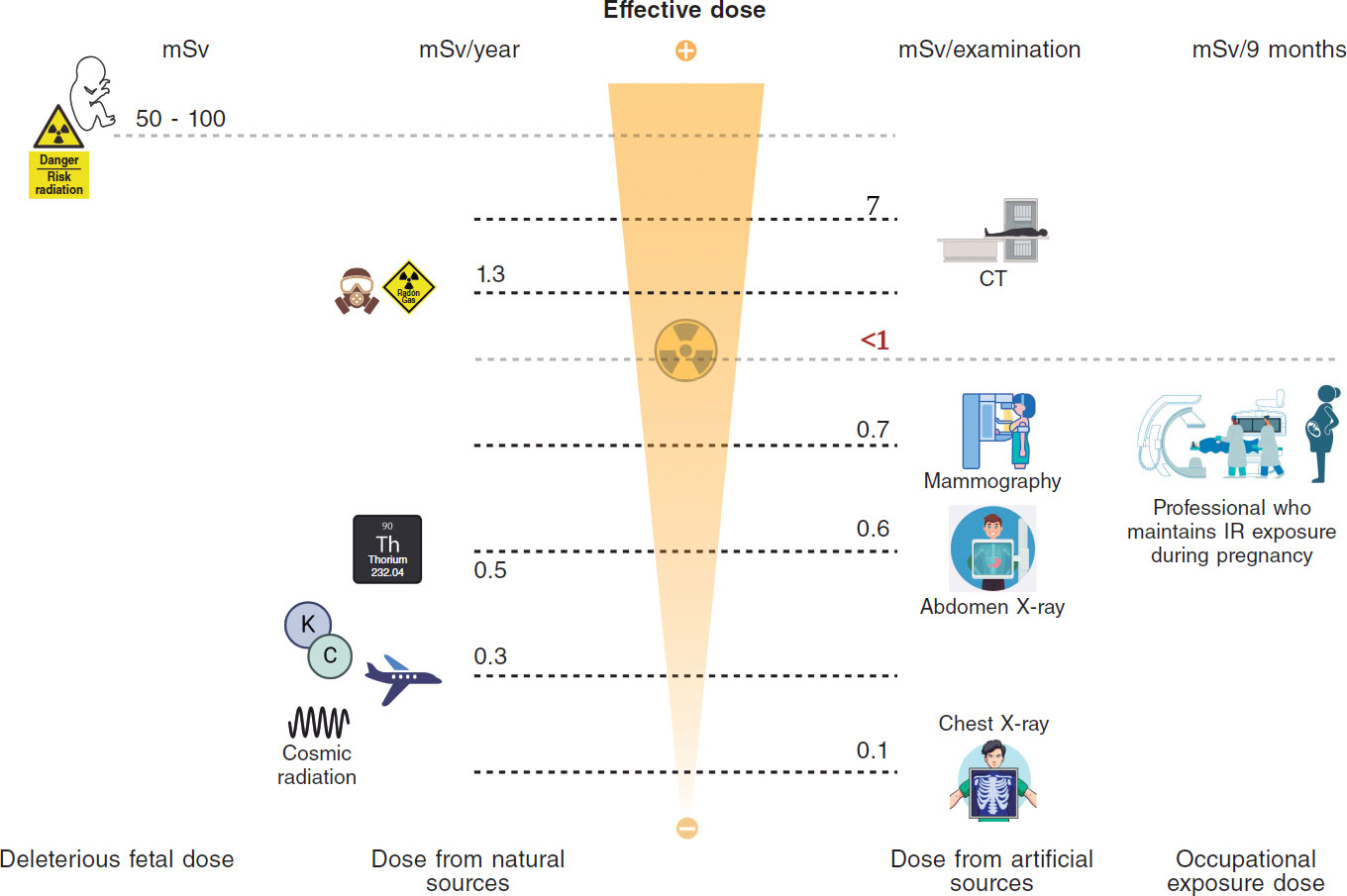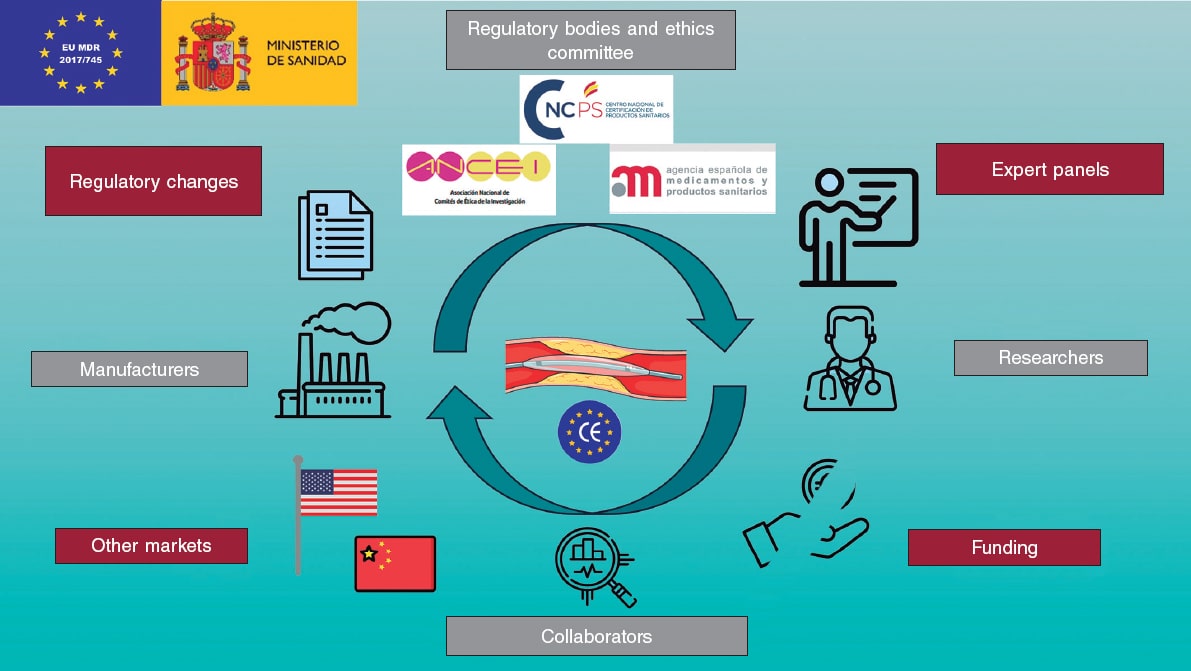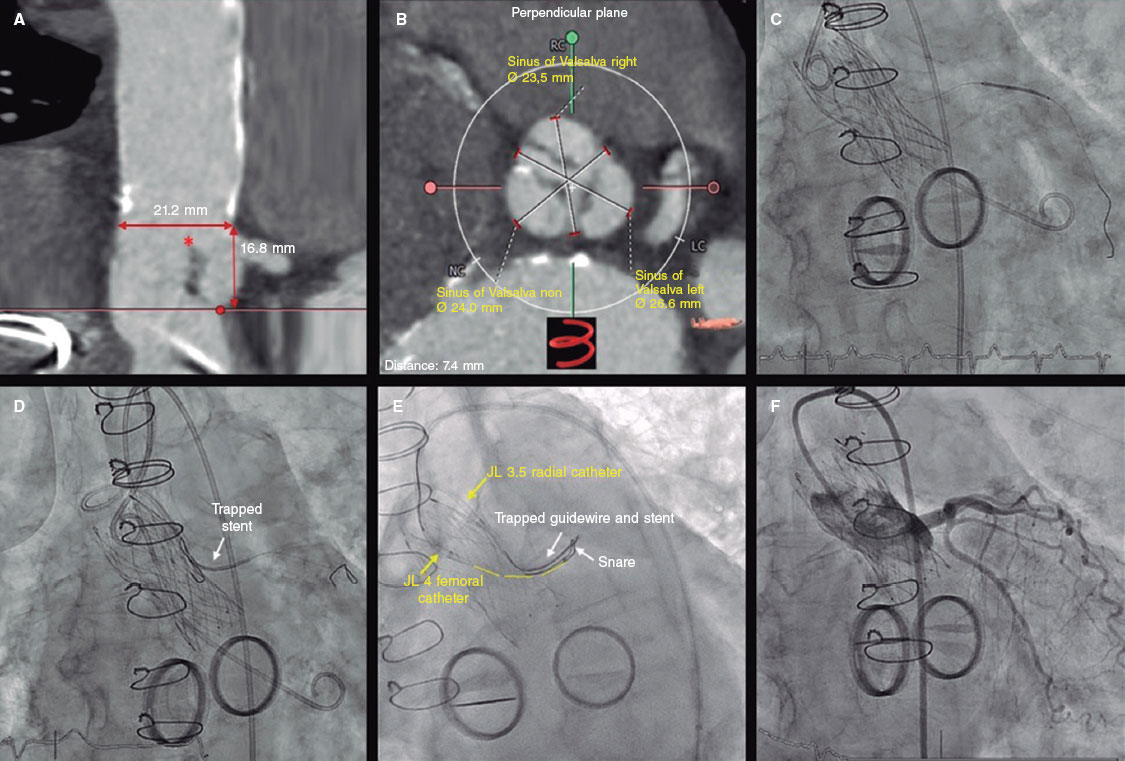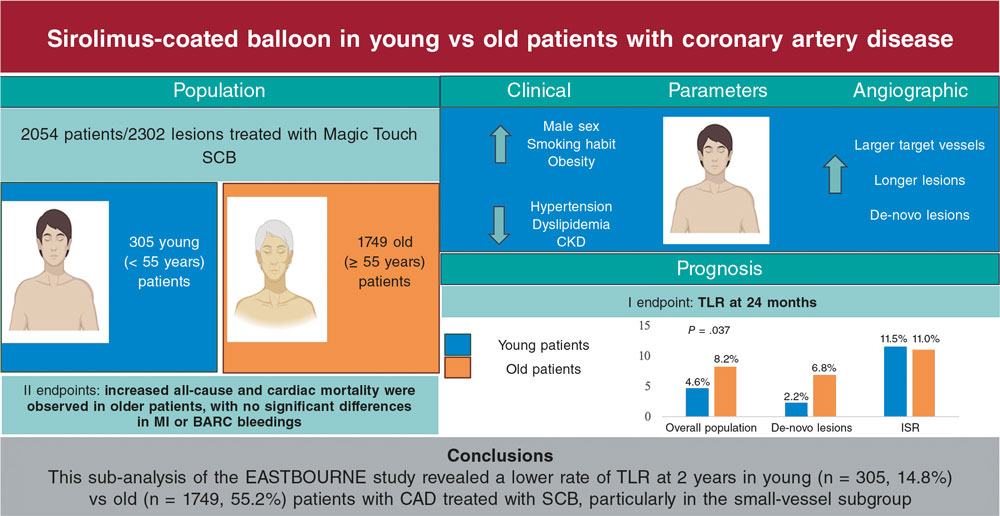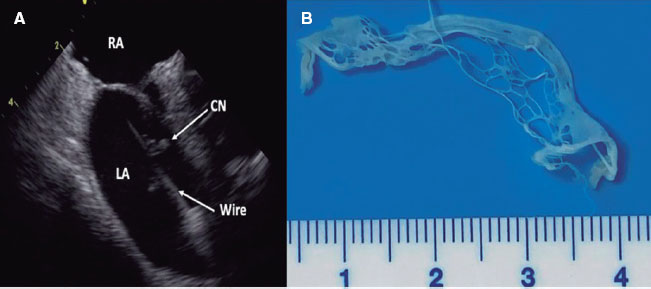To the Editor,
The negative impact of the SARS-CoV-2 pandemic on public health is due not only to the infection itself, but also to the effects of confinement and the negative impact of the population’s perceptions on the risks involved when visiting medical facilities for health reasons. Proof of this are the repeated observations of an obvious reduction in the number of patients treated of myocardial infarctions during the pandemic.1,2 It is highly plausible that what we saw with ischemic heart disease happened with other conditions as well whether cardiovascular or not.
It is well known that older populations and patients with vascular risk factors and/or cardiovascular disease have been the ones most severely affected by the pandemic.3
In this study we evaluated the impact of the pandemic on the population of patients over 75 years of age with known coronary artery disease. For this purpose, a subgroup of all the patients recruited in the ongoing prospective EPIC SIERRA 75 registry published at ClinicalTrials.gov (identifier: NCT03567733) were included in this study. The EPIC SIERRA 75 is a prospective registry that included patients over 75 years with percutaneous revascularization of de novo coronary artery lesions using a new-generation drug-eluting stent. Those with cardiogenic shock or whose life expectancy was < 1 year were excluded from the study. Recruitment started back in June 2018 in 35 Spanish hospitals and 7 Portuguese centers.
For the purpose of the present study, a subgroup of patients registered in the EPIC SIERRA 75 study from 24 hospitals were selected. The follow-up was updated and it covered the entire official 2-month period of confinement through direct phone calls with the patients and/or their relatives who answered a specifically designed questionnaire. Additionally, all electronic health records available in corresponding hospital units have been reviewed. The EPIC SIERRA 75 registry received the approval of each of the clinical research ethics committees of the participating centers. All patients granted informed consent prior to their inclusion in the registry.
A total of 709 patients who underwent a percutaneous coronary intervention within the 18 months prior to the pandemic were included. A total of 17 of these patients died during the 12.5 months ± 3.4 months of median follow-up prior to confinement. This means that 692 patients were followed during the outbreak period. The patients’ clinical characteristics are shown on table 1.
| N = 692 | |
|---|---|
| Age, years | 80.8 ± 4.2 |
| Females | 256 (37%) |
| Hypertension | 585 (84.5%) |
| Diabetes | 298 (43%) |
| Previous ACS | 519 (75%) |
| Previous PCI | 692 (100%) |
| Status during the outbreak (confinement) | |
| Cardiac symptoms | 91 (13.1%) |
| Stable angina | 21 |
| Dyspnea | 82 |
| Syncope | 6 |
| Unstable conditions* | 43 (6.2%) |
| Admitted to the hospital | 22 (3.2%) |
| ACS | 4 (0.6%) |
| Revascularization | 4 (0.6%) |
| Dead | 7 (1%) |
| Medical visits cancelled | 119 (17%) |
| Contacted | 108/119 (90%) |
| Treatment discontinuation | 17 (2.4%) |
| Additional anxiolytics | 61 (9%) |
| COVID-19 + | 11 (1.6%) |
| Admitted | 8 |
| Intensive care | 0 |
| Dead | 2 |
| Suspected COVID-19 | 8 (1.1%) |
|
ACS, acute coronary syndrome; PCI, percutaneous coronary intervention. * Cardiovascular, respiratory, GI, and urological and renal disorders. |
During this period, 11 (1.6%) confirmed cases of COVID-19 have been reported. Therefore, the incidence of COVID-19 was higher compared to that of the general population during such period (1.6% vs 0.4%).4 This incidence varies across different regions in Spain, meaning that this comparison could be affected by the territorial distribution of the patients.
These patients were 81.2 ± 5 years old and 36.3% were females (P = .6 and P = .9 compared to the rest of the patients, respectively). Two patients (18%) died at the hospital, an 80-year-old man and a 76-year-old woman, after a hospital stay of 1 and 7 days, respectively. The mortality rate seems to be much higher than that the one seen in the overall population affected by COVID-19.4 We should mention that none of the 11 patients received treatment in the intensive care unit. Although there were 8 cases (1.2%) of highly suspected but eventually unconfirmed COVID-19, no one died.
During the 2-month period of confinement, the patients developed symptoms and clinical events as shown on table 1. Thirteen per cent of the patients were symptomatic and 6.2% remained unstable due to this or that condition being half of them admitted to hospitals. Four cases of acute coronary syndrome were reported (2 with ST-segment elevation and another 2 with non-ST-segment elevation) and 4 patients required revascularization (3 required percutaneous coronary interventions and 1 required surgery). Overall, 7 (1%) patients died during this period. The etiologies found were 2 in-hospital COVID-19 diseases, 1 in-home myocardial infarction, 2 in-hospital strokes, 1 in-hospital intestinal ischemia and 1 with multiple pathologies reported at a nursing home. The monthly mortality rate during this period was 2.6 times higher than the one seen during the months prior to the pandemic (3.5 vs 1.36 dead patients/month). Outpatient medical visits were cancelled in 17% of the patients, but most of them were contacted by their doctors. Therapeutic adherence remained high, but many patients required anxiolytics, though these are self-reported data and should be interpreted with caution.
We can conclude that this population of patients over 75 years with coronary artery disease who had been revascularized before the pandemic was associated with high cardiovascular and total morbidity and mortality rates with probably more prevalent COVID-19 compared to the overall population. The mortality rate of COVID-19 patients was very high but no patients were ever treated in the intensive care unit.
As a future reference for upcoming pandemics, healthcare systems must intensify the protection of this vulnerable population not only against contagion but also against other adverse health effects indirectly derived from the pandemic.
FUNDING
The EPIC SIERRA 75 registry was funded by Abbott Laboratories. This sub-analysis received no specific funding.
CONFLICTS OF INTEREST
J.M. de la Torre-Hernández is editor-in-chief of REC: Interventional Cardiology. The journal’s editorial procedure to ensure impartial handling of the manuscript has been followed. No conflicts of interest to disclose by the remaining authors.
REFERENCES
1. Rodríguez-Leor O, Cid-Álvarez B, Ojeda S, et al. Impacto de la pandemia de COVID-19 sobre la actividad asistencial en cardiología intervencionista en España. REC Interv Cardiol. 2020;2:82-89.
2. De Rosa S, Spaccarotella C, Basso C, et al. Reduction of hospitalizations for myocardial infarction in Italy in the COVID-19 era. Eur Heart J. 2020. https://doi.org/10.1093/eurheartj/ehaa409.
3. Driggin E, Madhavan MV, Bikdeli B, et al. Cardiovascular Considerations for Patients, Health Care Workers, and Health Systems During the Coronavirus Disease 2019 (COVID-19) Pandemic. J Am Coll Cardiol. 2020;75: 2352–2371.
4. Official information from the Ministry of Health about COVID 19 addressed to health professionals and citizens in relation to health and public health recommendations of general interest. Available at: https://www.mscbs.gob.es/profesionales/saludPublica/ccayes/alertasActual/nCov-China/situacion Actual.htm. Accessed 3 Jun 2020.


